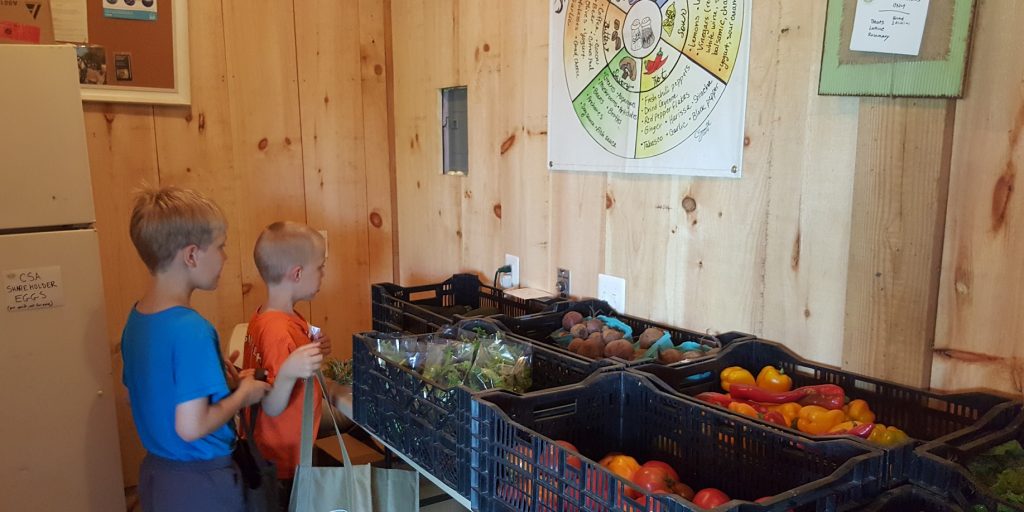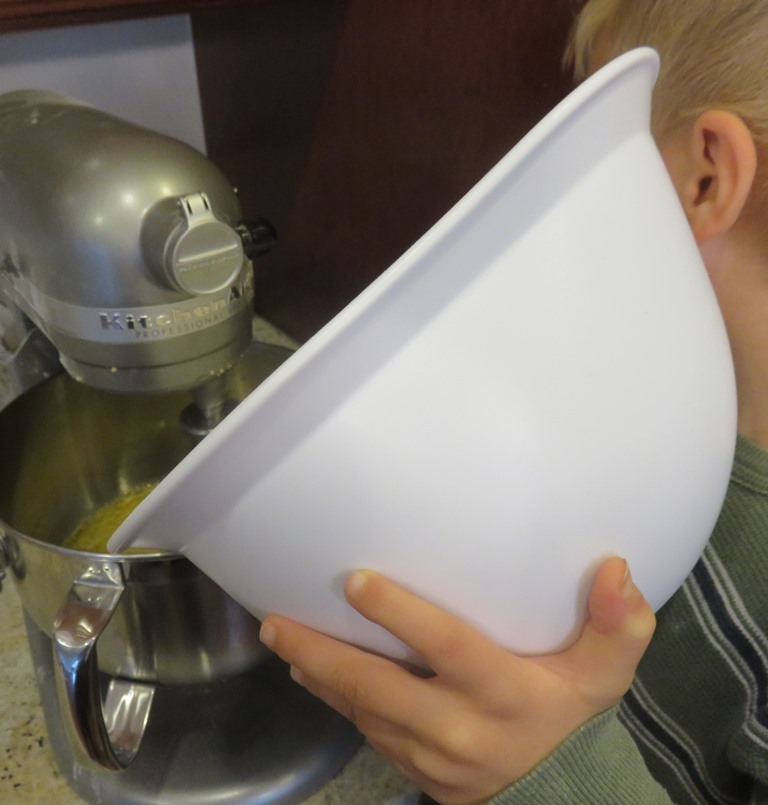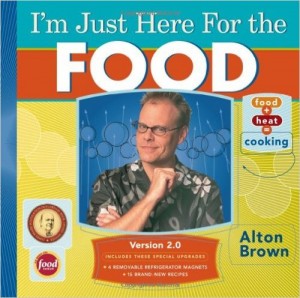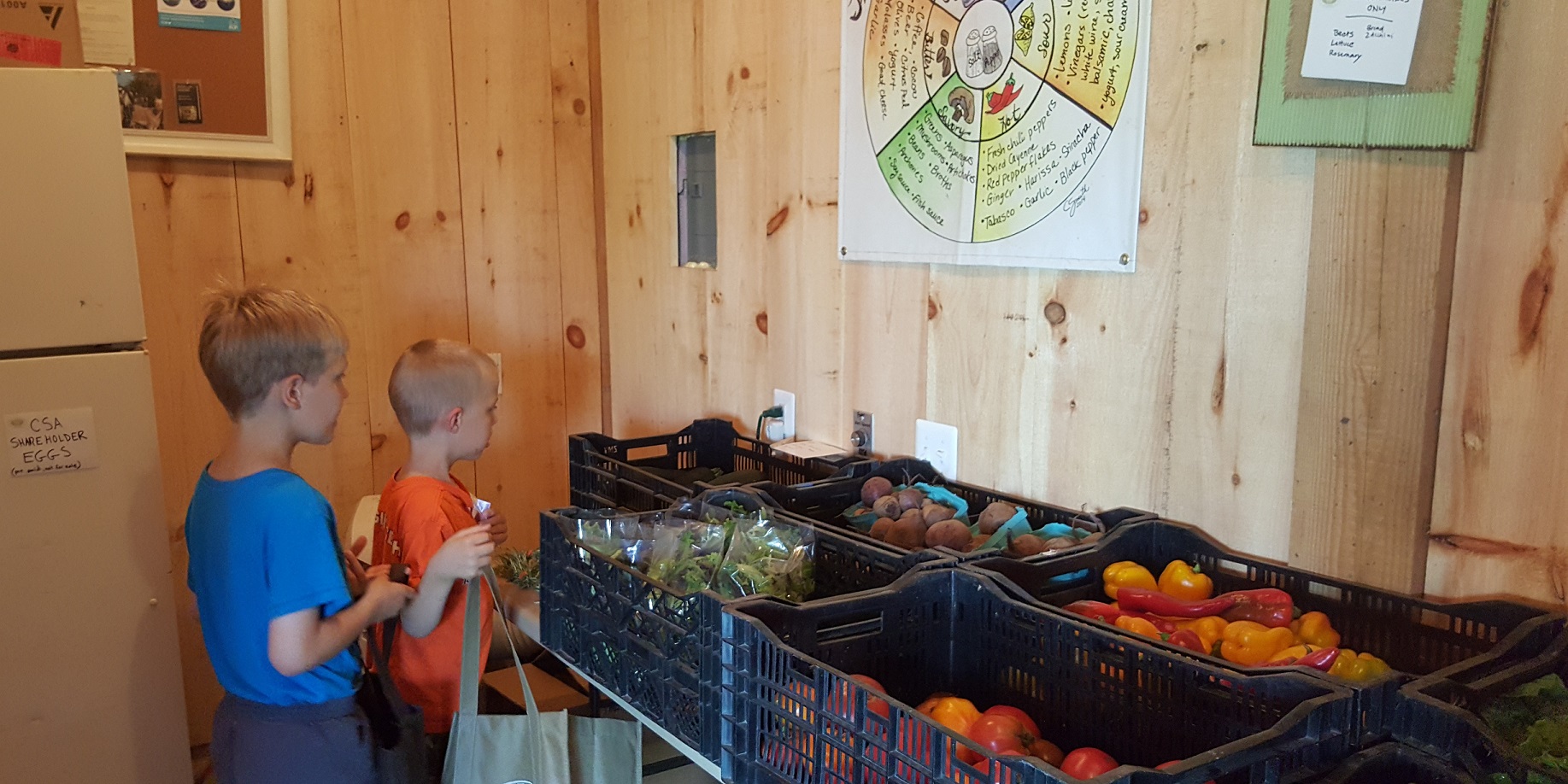What is Farm to Family Food? Eat better, together. The idea is straightforward, make what you eat, know where it came from, and involve the whole family. Farm to Family Food doesn’t have to be exclusive, “artisinal”, or perfect. Simply try the best you can and accept that you will have epic fails along with epic triumphs. So where do you start? Here are five tips for bringing Farm to Family home this Thanksgiving and all year long!
#1 – Get Local
The first place to begin your Farm to Family Food lifestyle is to identify your favorite local sources. Local food tastes fresher and better. Local sources are often cost competitive to mass supermarkets and even locally sourced meats can often be cost competitive if bought at a large enough scale. From Halifax, NS to Charleston, SC to Santa Fe, NM to Grants Pass, OR to Davenport, IA and everywhere in between, there are Farmer’s Markets all across the U.S. and Canada. Farmer’s Markets are a great place to start because you have so many local vendors and you can get a good variety of fruits, vegetables, meats, cheeses and local products (e.g. honey) in one spot. If you live in an area with a strong food cooperative or co-op, that can also be a great option. Co-ops are essentially brick-and-mortar farmer’s markets with some additional basic groceries. You can even find local products now at national grocery stores such as Whole Foods and Kroger. Finally, most states and counties have directories of local producers that may have farm stores, provide delivery, or offer programs such as Community Supported Agriculture (CSA).

Weekly CSA pickup
#2 – Make It Yourself
The next step in growing your Farm to Family Food lifestyle is to try to make, what you can, yourself. You don’t need to make everything from scratch, just start simple. Here are three ideas to start:
- Bake your own bread. Don’t try to make a baguette or sourdough loaf right off the bat. Focus on replacing your everyday sandwich bread, with homemade bread. Baking bread, especially a basic white or wheat loaf is not hard and doesn’t require much time – it just requires a little planning. We love our Sally Lunn recipe but there are a lot of great simple bread recipes on the Internet – the classic KitchenAid manual and King Arthur Flour are great places to start. Another suggestion is to make as much as you can at one time. Baking bread scales very easily if you have the right equipment (i.e. big enough mixer, bread pans, etc). Note, homemade bread doesn’t stay fresh for more than a day or two, so make sure you slice it and freeze it as soon as possible.
- Make your own french fries. There are few things simpler than buying frozen french fries and baking them in the oven. However, making your own french fries is also simple. You can find a lot of great oven baked french fry recipes on the internet and here are the basic steps of how we make them. Step 1 – cut washed potatoes into desired french fry shape. Step 2- soak french fries in cold water for about 1 minute. Step 3 – dry off french fries and lay on a baking sheet. Step 4 – drizzle french fries with oil (e.g. olive oil) and move fries around to coat. Step 5 – sprinkle with salt and bake in 450F oven until golden brown (typically 30-45 minutes depending upon the size of the french fries).

Oven baked french fries
- Make your own Marinara. Marinara sauce doesn’t have to come out of a jar or be made on Sundays by Italian grandmothers. You can easily make your own marinara for pastas, pizzas, etc in 30 minutes. You can find a lot of great recipes on the Internet and someday we’ll get around to posting ours, but here’s a quick intro. Step 1 – dice a medium onion (and fresh garlic if desired) and start browning in a pot over medium heat with a little oil. Step 2 – When the onions are translucent, add one large can (e.g. 28 oz) of crushed tomatoes. Step 3 – Season with salt, pepper, basil (fresh if possible), and garlic powder (if not using fresh garlic), stir together and bring to a boil. Step 4 – Reduce to simmer for 15-20 minutes or until ready to serve with pasta, for making pizza, etc.
#3 – Involve the Whole Family
One of the great things about buying food locally and making your own food is that the whole family can get involved. With numerous free samples, week to week variability, and occasional entertainment, farmer’s markets are more than just a place to buy food, they can be an event! Visiting local farms often provides a chance to meet the farmers, see farm animals, walk the fields, and better understand the Farm to Family Food Chain. Children love to play with food and in nearly everything you make, there is something kids of any age can help with. For example, when making bread, children can help add and measure ingredients, run the mixer, and shape the loaves. When making french fries, children can help soak/dry the french fries, lay them out on the baking sheet, and help spread around the oil. Even for the marinara sauce, children can help stir the sauce or add in some of the ingredients. Involving children in sourcing and cooking helps them appreciate where food comes from and teaches them skills they can use for healthier eating as they grow older.

Making Sea Salt, Olive Oil, and Rosemary Rolls
#4 – Experiment and Educate
Farm to Family Food is a process of continual experimentation and education. Once you start to master some basic recipes, you can build and twist them for even greater variation. For example, you can take our basic Sally Lunn bread recipe and swap out some wheat flour for a sweeter wheat bread or add cinnamon and sugar for a cinnamon bread. Something like the basic marinara which you could use for pasta, pizza, etc can easily be expanded by adding grilled chicken, steak, sausage, ground beef, etc into a delicious meat sauce. You can also add other dimensions with balsamic vinegar, fennel, or greens such as spinach or Swiss Chard. Even with the french fries, you can try different seasonings or other additions such as garlic, parmesan, cheese, etc. As you continue to expand your skills through education, you will find even more ideas for experimentation and don’t be afraid to fail.
 So how do you learn how to do all of this? TV shows, cooking videos, books, and blogs can all be a great resource. We learned a lot of our skills from shows like Yan Can Cook, Molto Mario, Good Eats, and Emeril Live. Today, Cooking Channel, PBS, YouTube, etc offer numerous shows that teach, often indirectly, cooking techniques. Every year there is also a continual stream of new cookbooks. Some of our new and old favorite books include Alton Brown’s I’m Just Here for the Food which is a great primer on different cooking techniques as well as Matt and Ted Lee’s Southern Cookbook, Chef Mario Batali’s America Farm to Table, and Chef Marc Murphy’s Season with Authority which help you understand how to use different ingredients and seasonings. Finally, one of the best ways to educate and be inspired is to find a few food blogs and websites that you enjoy. Here at Full Van Fun, one of our goals is to provide a mix of recipes, tips, entertainment, and education about Farm to Family Food. For example, one of series are #8isEnoughQuestions interviews with different members of the Farm to Family Food chain (e.g. chefs, farmers, retailers, etc). Interviews have included Whiffletree Farm, Georges Mill Farm Artisan Cheese, Chef Marc Murphy, Chef Fabio Viviani, Chef Jonathon Sawyer, Chef Jernard Wells, Chef Justin Warner, Father Leo Patalinghug, and more!
So how do you learn how to do all of this? TV shows, cooking videos, books, and blogs can all be a great resource. We learned a lot of our skills from shows like Yan Can Cook, Molto Mario, Good Eats, and Emeril Live. Today, Cooking Channel, PBS, YouTube, etc offer numerous shows that teach, often indirectly, cooking techniques. Every year there is also a continual stream of new cookbooks. Some of our new and old favorite books include Alton Brown’s I’m Just Here for the Food which is a great primer on different cooking techniques as well as Matt and Ted Lee’s Southern Cookbook, Chef Mario Batali’s America Farm to Table, and Chef Marc Murphy’s Season with Authority which help you understand how to use different ingredients and seasonings. Finally, one of the best ways to educate and be inspired is to find a few food blogs and websites that you enjoy. Here at Full Van Fun, one of our goals is to provide a mix of recipes, tips, entertainment, and education about Farm to Family Food. For example, one of series are #8isEnoughQuestions interviews with different members of the Farm to Family Food chain (e.g. chefs, farmers, retailers, etc). Interviews have included Whiffletree Farm, Georges Mill Farm Artisan Cheese, Chef Marc Murphy, Chef Fabio Viviani, Chef Jonathon Sawyer, Chef Jernard Wells, Chef Justin Warner, Father Leo Patalinghug, and more!
#5 – If At First You Don’t Succeed . . .
Try, try again. Eating better, together through Farm to Family Food will not always succeed. You will go to Farmer’s Markets and only seem to find cabbage. You will make bread that doesn’t rise. You will burn french fries. You will add too much or too little salt to marinara and it will taste gross. But that’s okay, from all of these experiences, you will learn and become better. So keep trying and remember that you are all in this together. Good luck!





